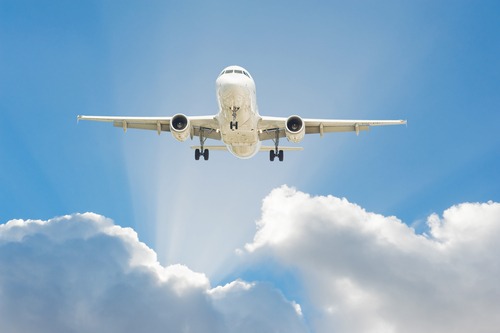
The Federal Aviation Administration (FAA) recently released a proposed rule that would reduce greenhouse gasses emitted by most large aircraft flying in U.S. airspace.
Under the rule, new subsonic jet aircraft and large turboprop and propeller aircraft would require more fuel efficiency. This would apply to aircraft manufactured after Jan. 1, 2028, and those not yet certified.
Commercial aircraft that would be required to meet the proposed standards include business jets, civil turboprop airplanes, and the upcoming Boeing 777-X and future versions of the 787 Dreamliner and the Airbus A330-neo.
Prior to the pandemic, civil aircraft were responsible for 10 percent of domestic transportation emissions and 3 percent of total U.S. greenhouse gas emissions.
The rule would use a metric that equates fuel efficiency and consumption with reductions in carbon dioxide (CO2). It takes into account fuel efficient measures when manufacturing planes such as engine propulsion efficiency, reductions in an aircraft’s empty mass before loading, and improvements to aerodynamics.
The proposal aligns with aircraft CO2 emission standards the United Nations’ International Civil Aviation Organization (ICAO) established and with U.S. Environmental Protection Agency regulations implementing the ICAO standard.
The deadline for public comments is Aug. 15.
The proposed rule is part of the U.S. Aviation Climate Action Plan.